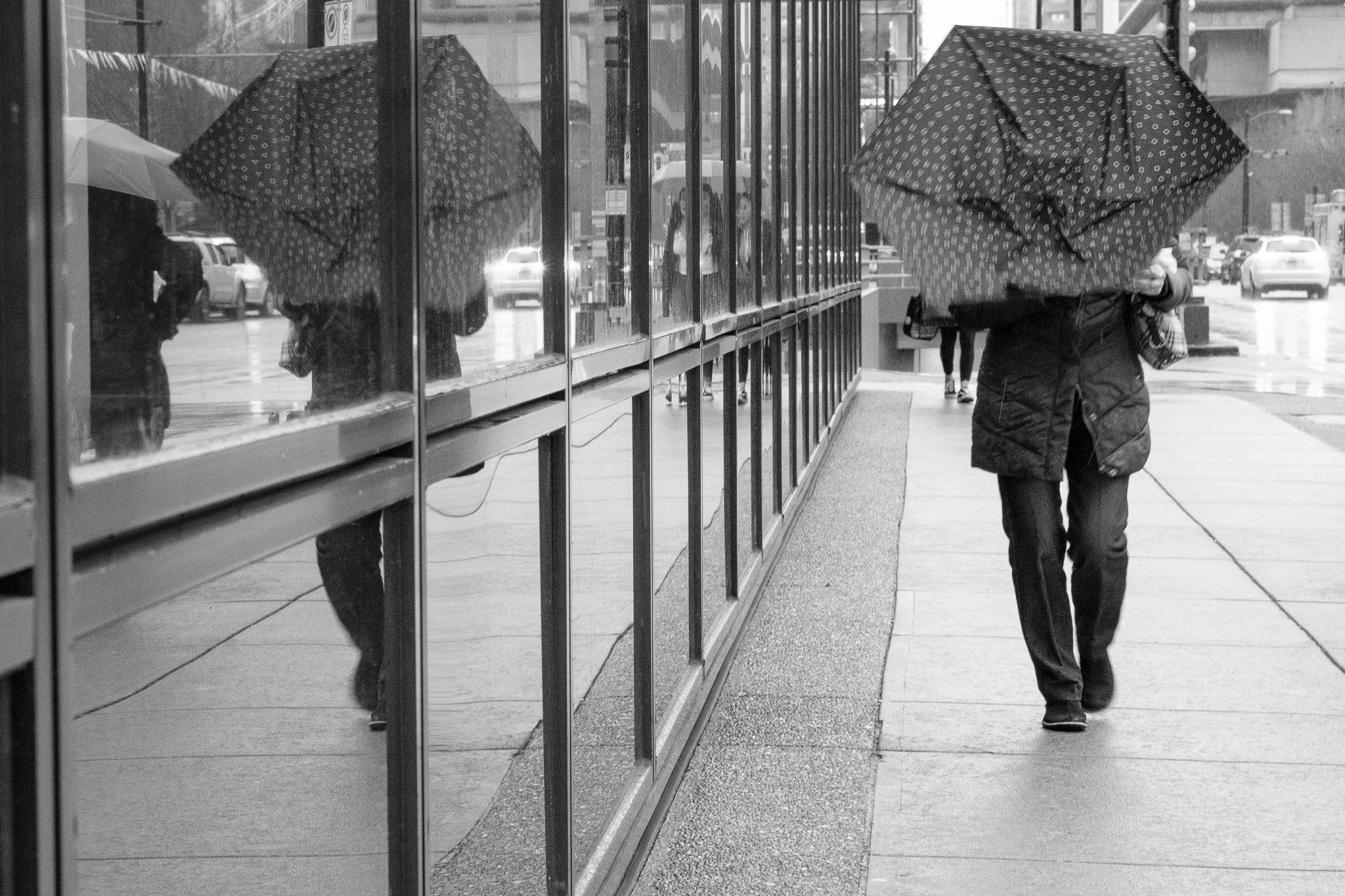The smart Trick of Framing Streets That Nobody is Talking About
The Only Guide to Framing Streets
Table of Contents6 Easy Facts About Framing Streets ShownLittle Known Facts About Framing Streets.The Main Principles Of Framing Streets An Unbiased View of Framing Streets4 Simple Techniques For Framing StreetsUnknown Facts About Framing Streets
Digital photography genre "Crufts Pet Show 1968" by Tony Ray-Jones Street digital photography (likewise sometimes called candid digital photography) is digital photography performed for art or questions that features unmediated possibility encounters and arbitrary events within public places, usually with the aim of capturing pictures at a crucial or touching moment by careful framework and timing. 
His boots and legs were well specified, however he is without body or head, because these were in movement." Charles Ngre, waterseller Charles Ngre. https://www.viki.com/users/framingstreets1/about was the first digital photographer to obtain the technical class required to register individuals in activity on the street in Paris in 1851. Digital Photographer John Thomson, a Scotsman dealing with reporter and social protestor Adolphe Smith, released Street Life in London in twelve month-to-month installments starting in February 1877
6 Simple Techniques For Framing Streets
Eugene Atget is considered as a progenitor, not due to the fact that he was the very first of his kind, but as an outcome of the popularisation in the late 1920s of his record of Parisian streets by Berenice Abbott, that was motivated to take on a similar paperwork of New York City. [] As the city created, Atget assisted to promote Parisian roads as a worthwhile topic for digital photography.

Framing Streets Fundamentals Explained
Martin is the initial taped digital photographer to do so in London with a disguised camera. Mass-Observation was a social research study organisation started in 1937 which intended to videotape day-to-day life in Britain and to tape-record the responses of the 'man-in-the-street' to King Edward VIII's abdication in 1936 to wed divorce Wallis Simpson, and the sequence of George VI. In between 1946 and 1957 Le Groupe des XV yearly displayed work of this kind. Andre Kertesz. Circus, Budapest, 19 May 1920 Road digital photography created the significant material of 2 exhibits at the Gallery of Modern Art (Mo, MA) in New York curated by Edward Steichen, 5 French Photographers: Brassai; Cartier-Bresson, Doisneau, Ronis, Izis in 1951 to 1952, and Post-war European Digital Photography in 1953, which exported the idea of road photography worldwide.

Framing Streets - Truths
The recording maker was 'a covert cam', a 35 mm Contax concealed under his layer, that was 'strapped to the upper body and connected to a long cable strung down the right sleeve'. Nevertheless, his work had little modern influence as as a result of Evans' level of sensitivities concerning the originality of his project and the personal privacy of his subjects, it was not published up until 1966, in the book Many Are Called, with an intro written by James Agee in 1940.
Helen Levitt, then a teacher of kids, related to Evans in 193839. She recorded the transitory chalk illustrations - Best Zoom Lens that became part of kids's street society in New York at the time, in addition to the youngsters who made them. In July 1939, Mo, MA's brand-new photography section consisted of Levitt's work in its inaugural exhibitionRobert Frank's 1958 publication,, was substantial; raw and frequently out of emphasis, Frank's images examined traditional digital photography of the time, "challenged all the formal guidelines set by Henri Cartier-Bresson and Pedestrian Evans" and "contradicted the wholesome pictorialism and wholehearted photojournalism of American magazines like LIFE and Time".